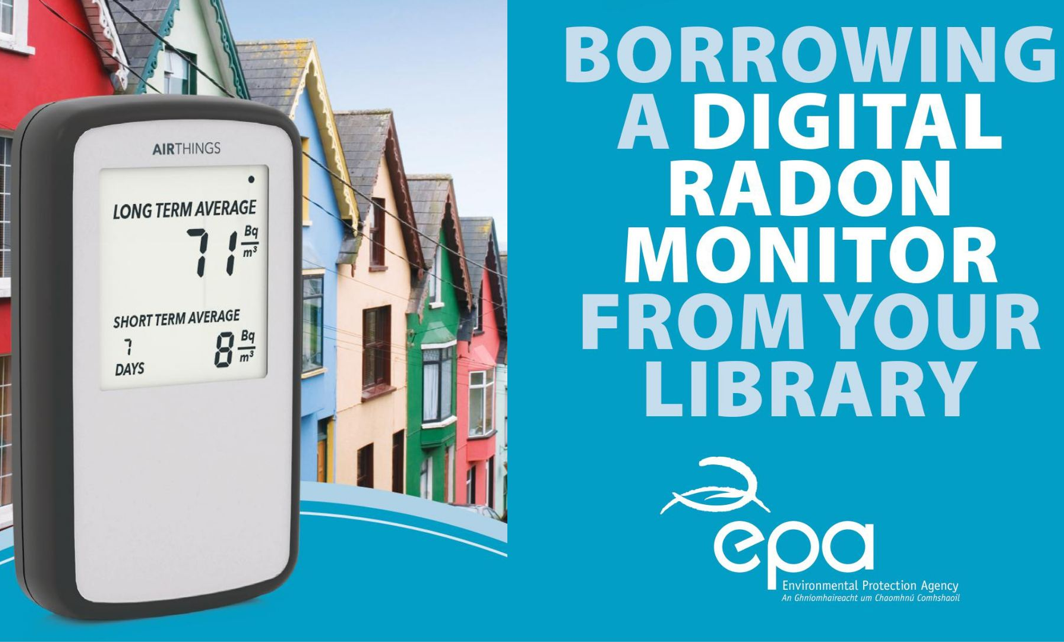In the course of our work Healthy Wexford works increase awareness of radon and its potential health impact as the second biggest cause of lung cancer in Ireland
What is radon?
Radon is a radioactive gas that is formed in the ground by the radioactive decay of uranium, which is present in small quantities in all rocks and soils. You cannot see it, smell it or taste it and it can only be measured with special detectors.
Why is radon important for health?
(source HSE.ie)
Outdoors radon doesn't cause a problem but, because it is a gas, radon can seep into buildings from the ground and can sometimes accumulate to very high concentrations in indoor air.
In the air, radon decays quickly to produce radioactive particles that, when inhaled, are deposited in the airways and on lung tissue. This results in a radiation dose in the lung. Long term exposure to radon has been shown to increase the risk of lung cancer. The risk of radon-related lung cancer is even higher in smokers.
Read more about the health risks on the EPA website here
Am I at risk?
Homes in some parts of Ireland are more likely to have a radon problem. These are called High Radon Areas. You can check if you live in a high risk areas by checking your Eircode on the EPA Radon Risk map here
Even if your home is not in a High Radon Area, it may still have a high level of radon.
Testing your Home
To test your home for radon you can borrow a Digital Radon Monitor from Your Local Library. Contact your local library to find out more.

Borrowing a monitor - in the same way as you borrow a book for three weeks – will give a good indication of radon levels in a home.
To get an accurate measurement of radon levels, a three month test is required. You can visit www.radon.ie to get further information on testing your home and reducing high levels to keep you and your family safe.
